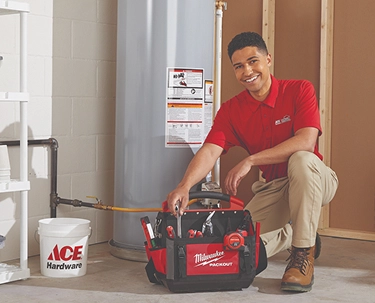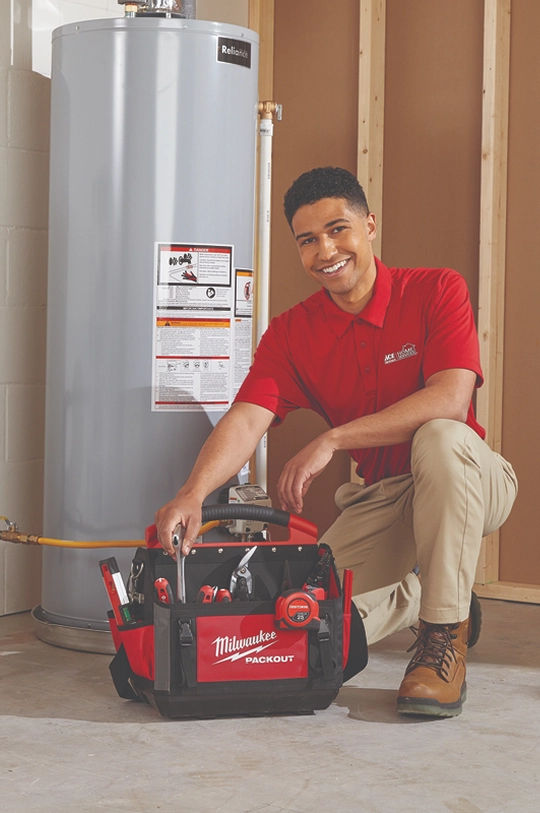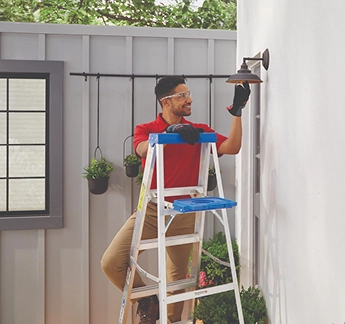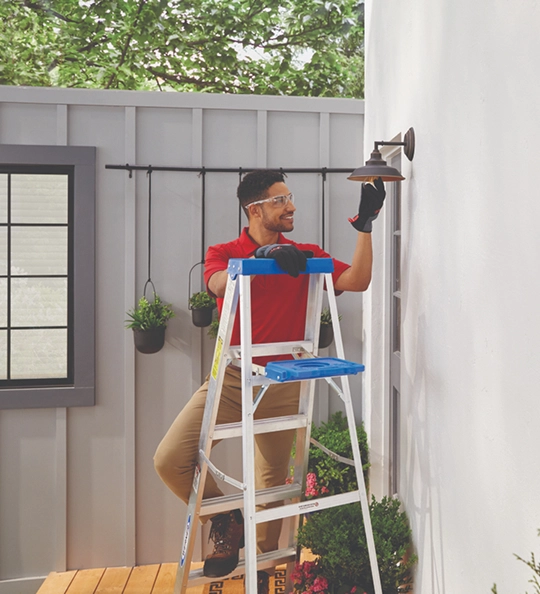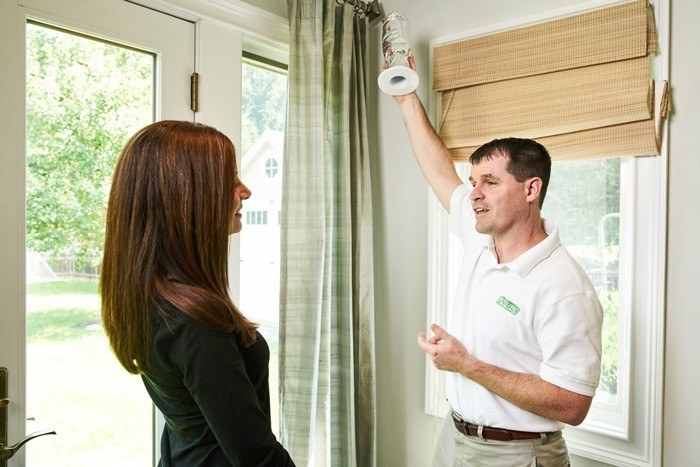
Older homes present unique challenges when it comes to adding modern climate control systems, mostly due to the difficulty of adding ductwork without tearing apart the whole inside of your home. Luckily, there are a few great solutions to installing central air in a house without ducts.
Read on to better understand the issues with installing modern air conditioning options in older homes without ductwork.
The problem: Where to put the equipment and ductwork?
Most homes in the Philadelphia area were built with some form of central heating system. The most commonly found are boiler and radiator systems, which are traditional distribution systems that do not require ductwork to distribute the conditioned air. These older homes were generally not built with ductwork in mind, and most of them do not have the internal space for modern duct installation.
Since traditional ducts can be between 6” to 12” wide, installing central air can come with sizing complications. This often means tearing walls apart and creating extra soffits to hide the ducts. This invasive work means altering the architecture of your room. Having this kind of ductwork installed often comes at a significant cost.
Another common problem is where to put the equipment itself. Equipment can be large and often has specific requirements for where it should be placed in relation to the rest of the home and HVAC system. This can be especially difficult in the rowhomes that often don’t have much space to spare, both inside and out.
The result of these issues is that many people think the only answer is to fill every room of their house with noisy, inefficient window AC units that are often removed and stored during the off-season. Don’t worry, though! Unique Indoor Comfort offers a variety of cooling solutions that are less expensive and less disruptive than traditional central air conditioning systems.
Air Conditioning Options for Homes Without Ductwork
Unique Indoor Comfort offers two primary solutions that will meet the needs of most homeowners looking to install central air conditioning in a house without ducts, ductless mini split systems and high velocity systems. Here’s a brief comparison of the two, then we’ll get into the details.
|
|
|
|
Ductless Mini Split Systems
Ever wonder why you have to turn on the air conditioning system for the entire house just to cool the one room that you’re sitting in? Instead of cooling down the whole house at once, ductless mini split systems control temperatures for individual rooms. This allows you to balance how much energy your HVAC system uses to cool your home, reducing energy costs.
You may have heard of ductless mini split systems by other names, such as: mini splits, split type air conditioners, ductless systems, and ductless air conditioners. This system operates using two main components, an outdoor compressor/condenser and an indoor air handler. Ductless mini split systems are smaller than traditional central air systems and don’t require extensive ductwork to distribute the chilled air. This makes them much easier to install in a house. The indoor units of the system require minimal installation and can be mounted almost anywhere in the home that has access to electricity.
Ductless mini split systems are ideal for additions and renovations, where you may be adding a room or two that need climate control, but don’t necessarily need to cover the entire home. Additionally, these systems can be used to both heat and cool, keeping these rooms comfortable year-round. Ductless mini splits can also be a great replacement for your window units, as they are cost-effective and easy to install in older homes with limited space.
Learn more about Ductless Mini Split Installation & Service.
High Velocity Systems
A high velocity air conditioning system can be an ideal air conditioning retrofit solution for any home. These systems deliver cool air through 2″ flexible ducts designed and engineered to fit your existing framework. Unlike traditional air conditioning systems, there are no big, unsightly ducts. The compact air handler can be easily installed in attics, basements, crawl spaces, or even closets. No matter the age or construction, high velocity systems can fit in almost any home.
This means that we are able to preserve the architectural integrity and charm of the home, making it an ideal solution for the older rowhomes that we see all over the Delaware Valley. From restored barns to simple colonials and city rowhomes, retrofitting your property with high velocity AC provides comfort without disruption or major renovation.
Learn more about High Velocity Air Conditioning Systems.
Have questions about either high velocity or ductless mini split systems? Call us any time, we’re glad to answer them!
Key factors to consider when choosing an AC solution
There are a variety of factors to consider when deciding which type of air conditioning solution is most fitting for your older home.
1. Space for installation
Do you have the space to install ductwork and an indoor air handler for a high velocity system? While high velocity systems only require 2” ductwork, they are still more disruptive than wall-mounted ductless units. Smaller homes may favor the versatility of a ductless mini split system to save space.
2. Installation cost
Built to cool your entire home, high velocity systems will commonly cost in the range of $20,000-$45,000, depending on the specifics of your house. If you are planning on installing ductless mini splits as your home’s primary cooling system, the total cost will vary depending on the sizes of each room and how many systems you require. Generally, units cost around $4,500 per room. Ductless mini splits also allow you to focus on a room or two at a time, which greatly saves on installation costs and can break up the project into more manageable pieces.
3. Central system or modular system?
Do you prefer to have a centralized air system that can be controlled with a thermostat in each zone, or are you interested in having a separate “zone” in each room? For those looking to save money on their air conditioning costs, ductless mini splits are a great option. By only cooling the rooms you are currently using, you can reduce your energy usage and increase efficiency, saving money on your monthly bill. If taken seriously, you can save a lot of money each month managing your system. However, if you don’t want to have to worry about constantly adjusting temperatures for each room, a centralized system is the simpler choice.
Some final thoughts…
While any form of installing central air in a house without ducts will require some cutting and modifications, using a high-velocity or mini-split system can provide a much less intrusive, more economical solution in many cases. Our climate control specialists are happy to answer any questions and walk you through the process of deciding what type of system offers the best solution for your needs.


